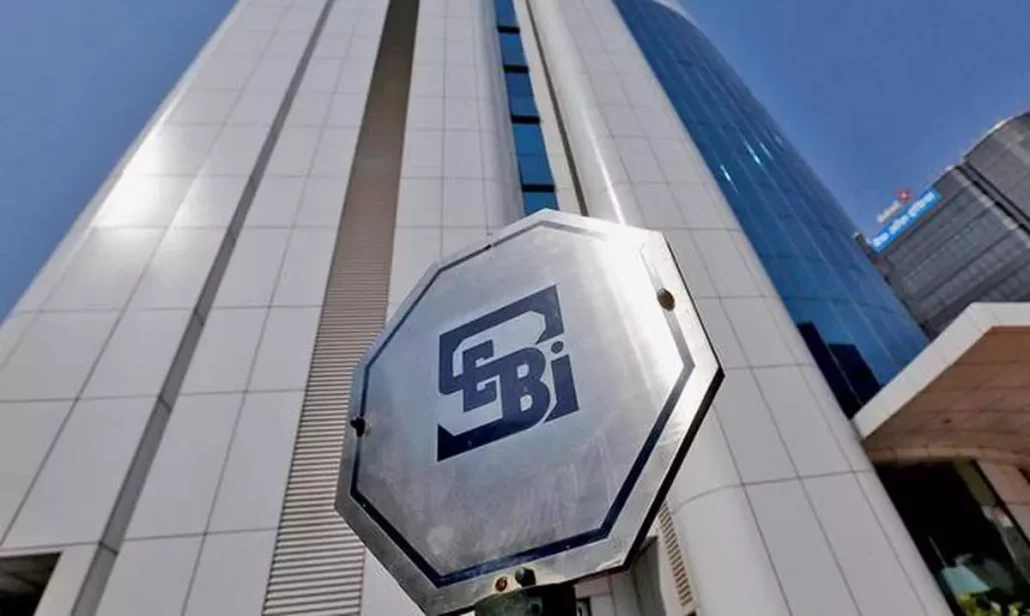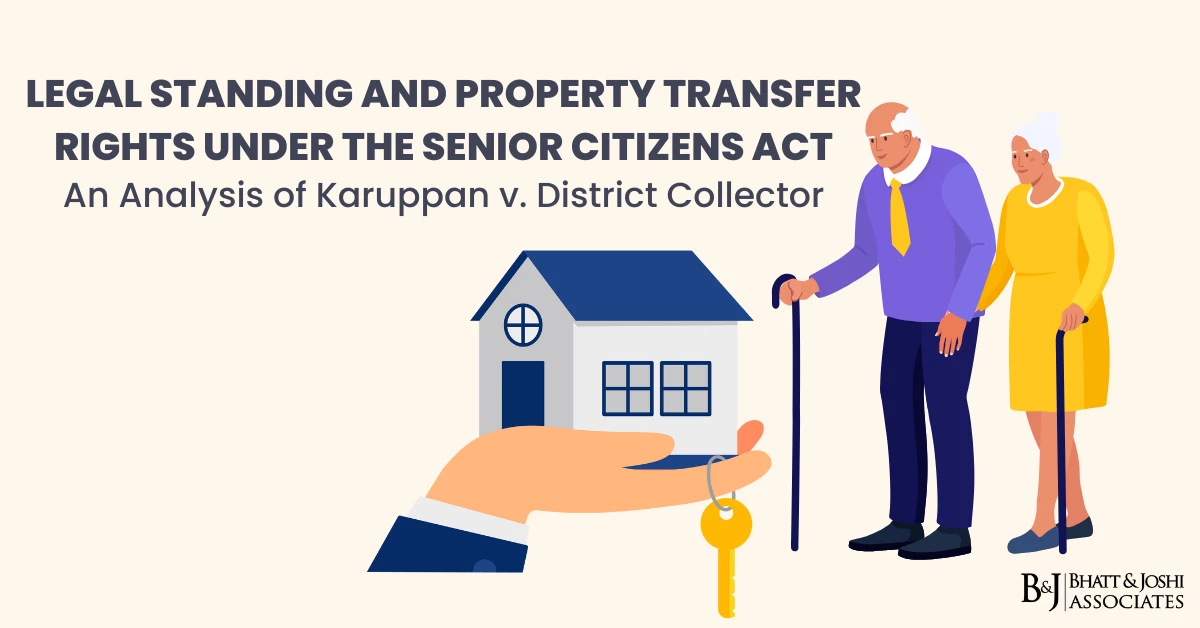Introduction
The capital market forms the bedrock of any nation’s financial system, fostering investment opportunities and economic growth. As the capital market landscape grows increasingly competitive and complex, efficient resolution of customer disputes and securities market issues has become paramount for its sustained success. Recognizing this, the Securities and Exchange Board of India (SEBI) has been proactive in implementing measures towards ADR Mechanism to safeguard investors’ interests and promote market transparency.

The Evolution of ADR Mechanism in India
Alternative Dispute Resolution (ADR) has seen significant growth and success in recent years, becoming a vital tool in India’s legal system and revolutionizing how disputes are settled across industries. The journey of ADR in India began with the India Arbitration Act of 1899, which was later codified in Section 89 and Schedule II of the Code of Civil Procedure 1908. Over time, the Arbitration and Conciliation Act of 1996 replaced the 1940 Act, introducing the UNCITRAL Model that laid out specifics and procedures for dispute resolution.
SEBI’s New ADR Mechanism
Aim and Scope
Called the Securities and Exchange Board of India (Alternative Dispute Resolution Mechanism) (Amendment) Regulations, 2023, SEBI’s regulatory framework now includes dispute resolution procedures like “Arbitration, Conciliation, and Mediation” to provide investors with an accessible and effective means of resolving disputes. These procedures offer equitable and transparent avenues for investors to voice complaints, thereby enhancing investor trust and market integrity.
Key Amendments
SEBI has made several amendments to its regulations to implement the new dispute resolution mechanism. These amendments span across various regulations, including Merchant Banker Regulations, Registrars to an Issue and Share Transfer Agents Regulations, 1993, and Mutual Funds Regulations, 1996, among others. These changes have created a path for a speedy process of resolving disputes between concerned parties.
The Impact of SEBI’s ADR Mechanism
SEBI’s ADR mechanism covers a wide range of market participants, including merchant bankers, registrars, debenture trustees, mutual funds, credit rating agencies, investment advisers, research analysts, custodians, foreign portfolio investors, and more. This comprehensive approach aims to instill a culture of accountability and responsibility among various organizations, ensuring a level playing field for all market participants.
Conclusion
SEBI’s new establishment marks a significant stride in strengthening investor protection and fostering confidence in the Indian securities market. The broad scope of the ADR mechanism and its inclusion of a variety of market players underscore SEBI’s commitment to protecting investor interests and fostering a fair and transparent marketplace. However, the success of the ADR mechanism hinges on the availability of infrastructure facilities and skilled mediators, arbitrators, and conciliators who can uphold the integrity and fairness of the ADR mechanism. As such, it is crucial to ensure that all parties involved in the ADR mechanism have a comprehensive understanding of the process for the mechanism to effectively and efficiently flourish in India.











